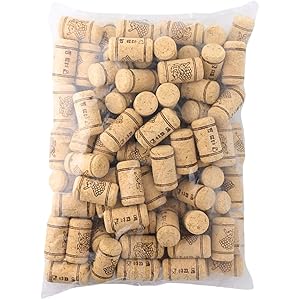Understanding the BJCP Scoresheet
The BJCP scoresheet is an essential tool for beer judges, providing a structured format for evaluating and scoring beers during competitions. This guide offers insights into how to effectively use the scoresheet, ensuring that judges can provide accurate and constructive feedback to brewers. Familiarity with the scoresheet layout and scoring criteria is crucial for any aspiring judge.
Components of the BJCP Scoresheet
The BJCP scoresheet consists of several key components, including sections for aroma, appearance, flavor, mouthfeel, and overall impression. Each section is designed to capture specific attributes of the beer being judged. Understanding these components allows judges to provide detailed evaluations that reflect the beer’s quality and style adherence.
Scoring System Explained
The scoring system utilized in the BJCP scoresheet ranges from 0 to 50 points, with specific point allocations for each category. Judges must be aware of how to distribute points based on the beer’s characteristics, ensuring that their scores are both fair and reflective of the beer’s quality. This scoring system is critical for determining medal placements in competitions.
Importance of Style Guidelines
Each beer style has specific guidelines that judges must adhere to when using the BJCP scoresheet. These guidelines outline the expected characteristics for each style, helping judges to assess whether a beer meets the criteria. A thorough understanding of these style guidelines is essential for accurate scoring and feedback.
Common Mistakes to Avoid
Judges often make common mistakes when filling out the BJCP scoresheet, such as failing to provide detailed comments or misinterpreting style guidelines. This section highlights these pitfalls and offers tips on how to avoid them, ensuring that judges can deliver constructive and helpful evaluations.
Get more content like this!
Sign up to receive updates and new terms first hand.
Tips for Effective Judging
To maximize the effectiveness of the BJCP scoresheet, judges should adopt best practices for evaluating beers. This includes taking thorough notes, discussing impressions with fellow judges, and being mindful of personal biases. By following these tips, judges can enhance their scoring accuracy and provide valuable feedback.
Utilizing Feedback for Improvement
The BJCP scoresheet is not only a tool for judging but also a means for brewers to improve their craft. Judges should provide actionable feedback based on their scores, helping brewers understand areas for improvement. This collaborative approach fosters a positive environment within the brewing community.
Training and Resources for Judges
Aspiring judges can benefit from various training resources and workshops focused on the BJCP scoresheet. These resources often include practice judging sessions, style guideline reviews, and mentorship opportunities. Engaging with these resources can significantly enhance a judge’s skills and confidence.
Understanding the Impact of BJCP Scores
The scores awarded on the BJCP scoresheet can have a significant impact on a brewer’s reputation and success in competitions. High scores often lead to recognition and opportunities for brewers, while lower scores can provide critical insights for improvement. Understanding this impact is vital for both judges and brewers.
Final Thoughts on the BJCP Scoresheet
The BJCP scoresheet is a powerful tool that plays a crucial role in the beer judging process. By understanding its components, scoring system, and the importance of style guidelines, judges can provide meaningful evaluations that benefit both themselves and the brewing community. Mastery of the BJCP scoresheet is essential for any serious beer judge.




